With the growing demand for greener, environmentally-efficient towns and cities and the infrastructure on which they are designed and built, researchers are joining forces to find ways to make life easier for planners and policy makers. Key ingredients in any infrastructure planning decision are the availability of relevant, current data and the computational capability to store and analyse it.
DAFNI, Sheffield Urban Flows Observatory and Newcastle Urban Observatory successfully collaborated on a three-day Computing Hackathon in February 2020, taking data from Sheffield and Newcastle Urban Observatories and looking at how DAFNI could enable these and other cities to better plan and use infrastructure for a healthier and happier community and environment.
A network of six urban observatories was set up by the UK Collaboratorium for Research in infrastructure & Cities (UKCRIC), based in Sheffield, Newcastle, Bristol, Manchester, Leeds and Cranfield. They track elements such as air temperature, particulate materials, noise, CO2 levels and traffic flows.

Group photo: Marion and the five DAFNI software developers on a visit to Sheffield, with members of the Sheffield and Newcastle University Urban Observatories. In the front row are Marion (far right), Bethan and Tom (far left). James is behind Marion and in the back row are Noel (third from left) and Dhiwagaran (fourth from left).
During the February Hackathon, software engineers from DAFNI worked with researchers from Newcastle and EPSRC-funded Sheffield to brainstorm and develop proposals and strategies to create processes to:
- Better download the latest Observatory data using automated processes via APIs (Application Programming Interface)
- Improve data quality by more easily identifying erroneous data values produced by the sensors
- Develop interactive spatial visualisations of the data.
Professor Daniel Coca, Director of the Sheffield Urban Flows Observatory and Head of Department of Automatic Control and Systems Engineering at Sheffield University, said “This interaction with DAFNI has created further opportunities to merge with other observatories and has really prompted us to think about data quality and consistency, ensuring that a common approach can be provided for researchers who wish to link their models with all urban observatory data.”
DAFNI allows urban observatories to have all their data stored securely in one centralised space, in a format that’s consistent between them, ensuring the quality of the data before it’s used in modelling, and enabling an easy way for the data from two or more different urban observatories to be compared and analysed through modelling or visualisation.
They can also use the data library to access information to track changes over time and ultimately to access real-time data. The information is being collated through a multitude of sensors; 600 located in Sheffield city centre and 200 sensors in Newcastle.
Steve Jubb, Chief Technical Officer at the Sheffield Urban Flows Observatory, comments, “This has given us a new perspective on how this data could link centrally on DAFNI and helped us to understand some of the challenges when trying to bring two disparate organisations together with varying approaches to data collection.”
Tom Gowland, DAFNI Research Software Engineer, was instrumental in organising the Hackathon with Dr Patricio Ortiz, Research Software Engineer at the Sheffield Urban Flows Observatory, and comments, “The Hackathon was the ideal opportunity to showcase DAFNI, enable researchers from Sheffield and Newcastle to try the platform for themselves and to collaboratively develop new features and enhancements which will allow them to take the Urban Observatories research to a new level.”
This event follows a week-long Hackathon held at Newcastle University in 2019 which explored user requirements, types of data needed, real-time data upload, formats and origins of the data.
In April, DAFNI is running a hackathon with Cranfield Urban Observatory, with the aim of further exploring how this ‘more rural’ urban observatory can use DAFNI to more closely explore areas such as autonomous vehicle and aircraft data.
Version 1.0 of the DAFNI platform is already available to researchers who can upload their own datasets, access the library of current datasets, and DAFNI’s current models.
In March 2020 the platform will be further enhanced, as part of a regular programme of rollouts, allowing researchers to upload their own models and either use their own user interface or DAFNI’s user interface to interrogate, analyse and visualise the data.
If you would like to collaborate with DAFNI or to request access to the platform, contact Marion Samler, DAFNI’s Partnership Manager, on marion.samler@stfc.ac.uk or 01235 567217.
